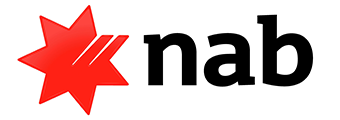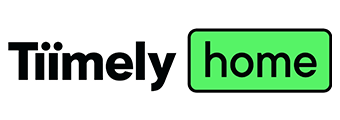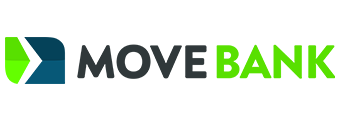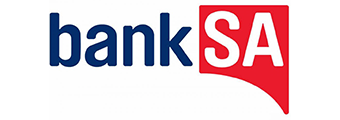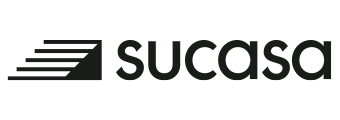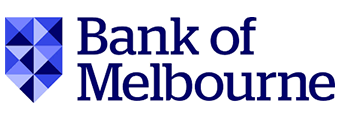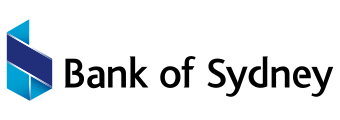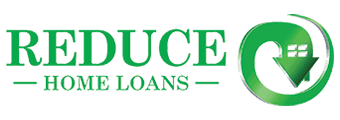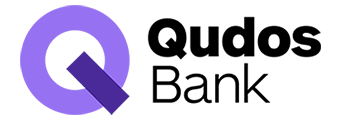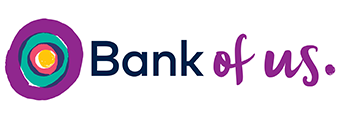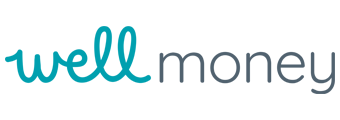Looking for a home loan?
Buying a home or looking to refinance? The table below features home loans
with some of the lowest interest rates on the market for owner occupiers.
Lender | |||||||||||||
|---|---|---|---|---|---|---|---|---|---|---|---|---|---|
| Variable | More details | ||||||||||||
| FEATURED100% owned by Commbank | Unloan – Variable Rate Home Loan LVR < 80%
| ||||||||||||
Disclosure | |||||||||||||
Unloan – Variable Rate Home Loan LVR < 80%
Disclosure
| |||||||||||||
| Variable | More details | ||||||||||||
| FEATURED | loans.com.au – Variable Home Loan P&I <90%
| ||||||||||||
Disclosure | |||||||||||||
loans.com.au – Variable Home Loan P&I <90%
Disclosure
| |||||||||||||
| Variable | More details | ||||||||||||
| FEATURED100% offset | Ubank (part of NAB) – Flex variable home loan - 100% offset
| ||||||||||||
Disclosure | |||||||||||||
Ubank (part of NAB) – Flex variable home loan - 100% offset
Disclosure
| |||||||||||||
| Variable | More details | ||||||||||||
| FEATUREDUp to $4k Cashback | Regional Australia Bank – Home Loan without Offset - OO,PI LVR 60% or less
| ||||||||||||
Disclosure | |||||||||||||
Regional Australia Bank – Home Loan without Offset - OO,PI LVR 60% or less
Disclosure
| |||||||||||||
| Variable | More details | ||||||||||||
Disclosure | |||||||||||||
Ubank (part of NAB) – Neat home loan - max. 60% LVR (Owner occupied, Principal and interest)Disclosure
| |||||||||||||
| Variable | More details | ||||||||||||
Macquarie Bank – Offset Home Loan (Owner Occupier, Principal and Interest, max LVR 60%)
| |||||||||||||
Disclosure | |||||||||||||
Macquarie Bank – Offset Home Loan (Owner Occupier, Principal and Interest, max LVR 60%)
Disclosure
| |||||||||||||
| Variable | N/A | More details | |||||||||||
Disclosure | |||||||||||||
Commonwealth Bank – Digi Home Loan (Principal & Interest) LVR 60%-70%Disclosure
| |||||||||||||
| Variable | More details | ||||||||||||
AMP – Essential Home Loan (Owner Occupied, Principal and Interest, $750,000+, <= LVR 60%) | |||||||||||||
| Variable | More details | ||||||||||||
Disclosure | |||||||||||||
Macquarie Bank – Basic Home Loan (Owner Occupier, Principal and Interest, max LVR 80%)Disclosure
| |||||||||||||
| Variable | More details | ||||||||||||
Great Southern Bank – Offset Variable - Owner Occupier Principal & Interest (LVR is 70%) | |||||||||||||
| Variable | More details | ||||||||||||
IMB Bank – Essentials Home Loan (Principal and Interest) (LVR 80%-90%) | |||||||||||||
| Variable | More details | ||||||||||||
Disclosure | |||||||||||||
ANZ – Simplicity PLUS Home Loan (Principal and Interest) (LVR < 70%) (New Customer) Special offerDisclosure
| |||||||||||||
| Variable | N/A | N/A | More details | ||||||||||
Disclosure | |||||||||||||
Westpac – Flexi First Option Home Loan (Promo) - Principal & Interest (LVR 70-80%)Disclosure
| |||||||||||||
| Variable | More details | ||||||||||||
loans.com.au – Solar Home Loan P&I <90%
| |||||||||||||
Disclosure | |||||||||||||
loans.com.au – Solar Home Loan P&I <90%
Disclosure
| |||||||||||||
| Variable | More details | ||||||||||||
Disclosure | |||||||||||||
Ubank (part of NAB) – Neat home loan - max. 80% LVR (Owner occupied, Principal and interest)Disclosure
| |||||||||||||
| Variable | More details | ||||||||||||
Disclosure | |||||||||||||
NAB – Tailored Home Loan Variable Rate - Principal and Interest LVR 60% or lessDisclosure
| |||||||||||||
| Variable | N/A | More details | |||||||||||
| 100% Offset | |||||||||||||
First Option Bank – Discounted Complete Home Loan <60% (OO,PI) | |||||||||||||
| Variable | More details | ||||||||||||
Tiimely Home – Live-in Variable Loan Home Loan (Principal and Interest) (LVR < 90%) | |||||||||||||
| Variable | More details | ||||||||||||
ANZ Plus – Variable Home Loan (Principal and Interest) | |||||||||||||
| Variable | More details | ||||||||||||
MOVE Bank – Offset Home Loan (Principal & Interest) LVR <80% | |||||||||||||

- Available for purchase or refinance, min 10% deposit needed to qualify.
- No application, ongoing monthly or annual fees.
- Quick and easy online application process.
Important Information and Comparison Rate Warning
Important Information and Comparison Rate Warning











